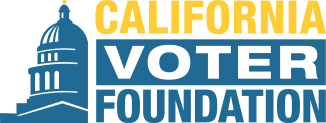California’s recall election will determine whether Gov. Gavin Newsom remains in office or is removed and replaced by another candidate. As voters make their choice, they may encounter misinformation or confusion about how the recall process works.
To help sort through the facts, PolitiFact California debunked false claims about the election and demystified how it works in our guide to misinformation about the recall.
Before we call out some false claims, let’s explain the basics on how to vote.
The recall ballot will have two parts:
- The question “Shall Gavin Newsom be recalled (removed) from the office of Governor?”
- A list of candidates who could potentially replace the governor if a recall is successful.
Voters will choose "Yes" or "No" on Question 1. A "Yes" vote means you want Newsom to be recalled. A "No" vote means you would like Newsom to remain governor. If more than 50% choose to recall Newsom, the candidate who wins the most votes will replace him.
All registered voters can expect to receive a mail-in ballot by mid-August. County election officials are required to send those ballots out by Aug. 16.
Voters can fill them out and return them in the mail or use a secure drop box.
In-person voting will be available in all 58 counties on election day, Sept. 14, according to Kim Alexander, president of the California Voter Foundation.
“Many counties will also have early voting available the weekend before election day and 10 days prior to election day in some counties,” she added. “In addition to that, every county elections office is also a voting place. So, wherever you live in California, if you want to vote in-person after August 16th, you can do that at your county elections office during normal business hours.”
Contact information for each county elections office is available online here.
Find out more about how the recall process works, key dates & answers to your questions in CapRadio’s California Recall Election Voter Guide. (Full Story)

